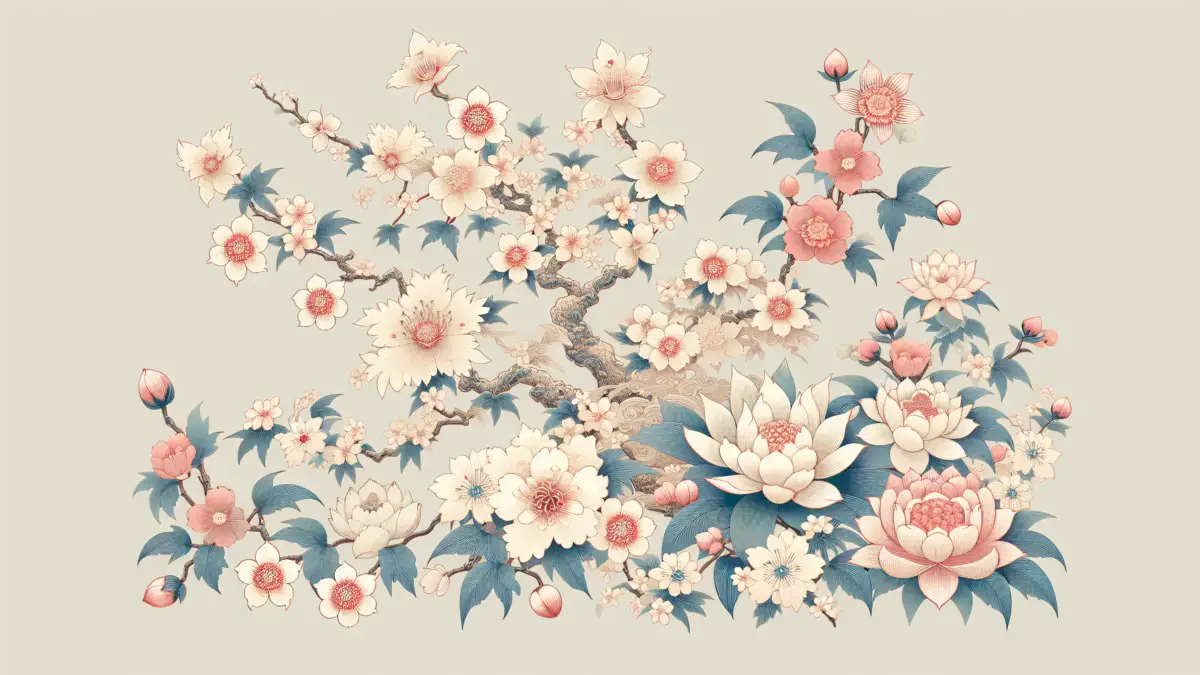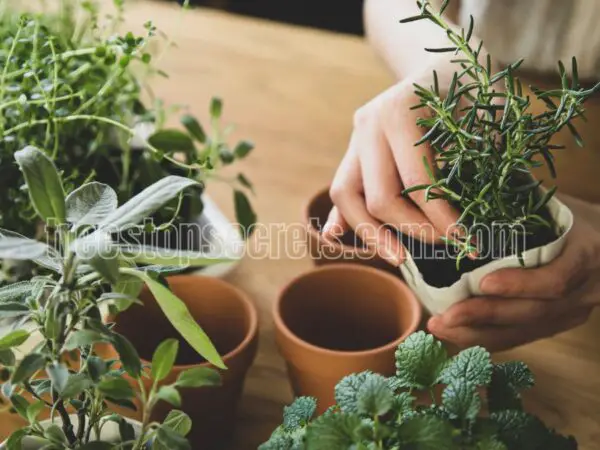Japanese Symbolism in Flowers
Japanese culture is rich with symbolism, and flowers play a significant role in conveying various meanings and messages. Here, I'll delve into the cultural significance of cherry blossoms, chrysanthemums, and Japanese camellias.
Cultural Significance of Cherry Blossoms
The Japanese cherry blossom, or sakura, is Japan's national flower. It symbolizes hope and renewal, representing the fleeting nature of life as cherry trees only bloom for a short period in the spring. The sakura is revered as a symbol of the ephemeral nature of life due to its short blooming period (Designer Blooms).
Symbolism of Chrysanthemums
The chrysanthemum, or kiku, in Japan symbolizes the imperial family and longevity. This flower is featured on the Imperial Seal of Japan, Japanese passports, and the 50-yen coin. The Japanese celebrate the chrysanthemum with the annual "Festival of Happiness". There are 350 types of chrysanthemum in Japan (1800flowers).
Meaning Behind Japanese Camellias
The Japanese camellia, or tsubaki, historically symbolized a noble death among Japanese warriors and samurai. It also represents love. Different colors of camellia have different meanings. For example, white camellias symbolize waiting, while yellow camellias represent longing.
| Flower | Symbolism | Additional Info |
|---|---|---|
| Cherry Blossom (Sakura) | Hope, Renewal, Ephemeral Nature of Life | National flower, blooms briefly in spring |
| Chrysanthemum (Kiku) | Longevity, Imperial Family | Featured on Imperial Seal, 50-yen coin |
| Camellia (Tsubaki) | Noble Death, Love | Different colors have different meanings |
Understanding the meaning and symbolism of these flowers can deepen our appreciation for their beauty and significance in Japanese culture.
Japanese Flowers and Their Meanings
Japanese flowers hold deep symbolic meanings and are an integral part of the nation's culture. In this section, I will explore the significance of the lotus flower, Japanese hydrangeas, and the art of Ikebana.
Lotus Flower Symbolism
The lotus flower, known as hasu in Japanese, symbolizes enlightenment and purity. This flower is remarkable for its ability to grow through murky water and emerge to float on the surface, untainted and beautiful. It is often found in ponds near temples and shrines during the summer, adding to its spiritual significance. The lotus represents the journey of overcoming obstacles and rising above challenges to achieve spiritual enlightenment.
| Flower | Symbolism | Common Locations |
|---|---|---|
| Lotus (Hasu) | Enlightenment, Purity | Ponds near temples and shrines |
Significance of Japanese Hydrangeas
Japanese hydrangeas, or ajisai, carry a rich symbolism of heartfelt emotion. They can signify gratitude or apology, making them a common choice for expressing deep feelings. The flowers are known for their wide range of colors and eye-catching blooms. Hydrangea festivals, held in Japan during June and July, celebrate these beautiful flowers and their ability to convey complex emotions.
| Flower | Symbolism | Best Time to See |
|---|---|---|
| Hydrangea (Ajisai) | Heartfelt Emotion, Gratitude, Apology | June - July |
Ikebana: The Art of Flower Arrangement
Ikebana, the Japanese art of flower arrangement, is a significant aspect of Japanese culture. This practice emphasizes harmony, balance, and elegance in floral compositions. Dating back to the 6th century, Ikebana has deep symbolic meanings attached to different flower arrangements. It is considered a meditative practice that reflects the principles of Zen Buddhism, emphasizing simplicity, minimalism, and the beauty of imperfection in nature.
Ikebana is not just about arranging flowers; it is about creating a harmonious composition that brings out the inner qualities of the flowers and the space around them. Various schools teach different styles and techniques of Ikebana, each with its own set of rules and principles. Practitioners must follow these guidelines to create aesthetically pleasing and harmonious arrangements.
| Aspect | Description |
|---|---|
| Origin | 6th Century |
| Principles | Harmony, Balance, Elegance |
| Schools | Various styles and techniques |
For more information on the symbolism of Japanese flowers and the art of Ikebana, you can refer to sources like 1800flowers and Mai-Ko.
Ikebana in Japanese Culture
History and Origins of Ikebana
Ikebana, the Japanese art of flower arrangement, has a long and storied history. Its origins date back to the 6th century, where it began as part of Buddhist rituals involving floral offerings at the altar. The Muromachi Period (1336) marked the beginning of what we now recognize as proper Ikebana, evolving into various styles such as rikka and seika during the Edo period (1603). These styles emphasized different aspects of floral arrangement, from the formal and upright rikka to the more simplistic and minimalist seika.
Principles of Ikebana
Ikebana is much more than a mere arrangement of flowers. It is a disciplined art form that emphasizes harmony, balance, and elegance. Practitioners of Ikebana follow specific principles that guide the creation of their floral compositions. These principles are deeply rooted in Zen Buddhism, reflecting simplicity, minimalism, and the beauty of imperfection in nature (Mai-Ko).
The core principles of Ikebana include:
- Harmony: Achieving a balanced and harmonious composition is essential.
- Asymmetry: Unlike Western floral arrangements, Ikebana embraces asymmetry.
- Line: The use of lines created by branches and stems is crucial.
- Space: Negative space is as important as the flowers themselves.
- Seasonality: Flowers and plants used should reflect the current season.
Evolution of Ikebana Styles
Ikebana has evolved significantly over the centuries, developing various schools and styles, each with its own set of rules and techniques. These styles have been passed down through generations, preserving the rich cultural heritage of Ikebana (Mai-Ko).
Major Ikebana Styles
| Style | Characteristics |
|---|---|
| Rikka | Formal and upright, often used in ceremonial contexts. |
| Seika (Shōka) | Simplistic and minimalist, focusing on three main elements: heaven, earth, and human. |
| Nageire | Informal and spontaneous, often with a naturalistic look. |
| Moribana | Uses a shallow container, allowing for more creative and freeform arrangements. |
Ikebana practitioners continuously innovate while respecting traditional principles. This balance between tradition and innovation keeps Ikebana relevant in modern Japan, where it remains a cherished and meditative art form.
Ikebana is not just about arranging flowers. It's a way of connecting with nature, expressing creativity, and finding inner peace. The art of Ikebana continues to inspire and captivate people, both in Japan and around the world.
Image Source: Paid image from CANVA



